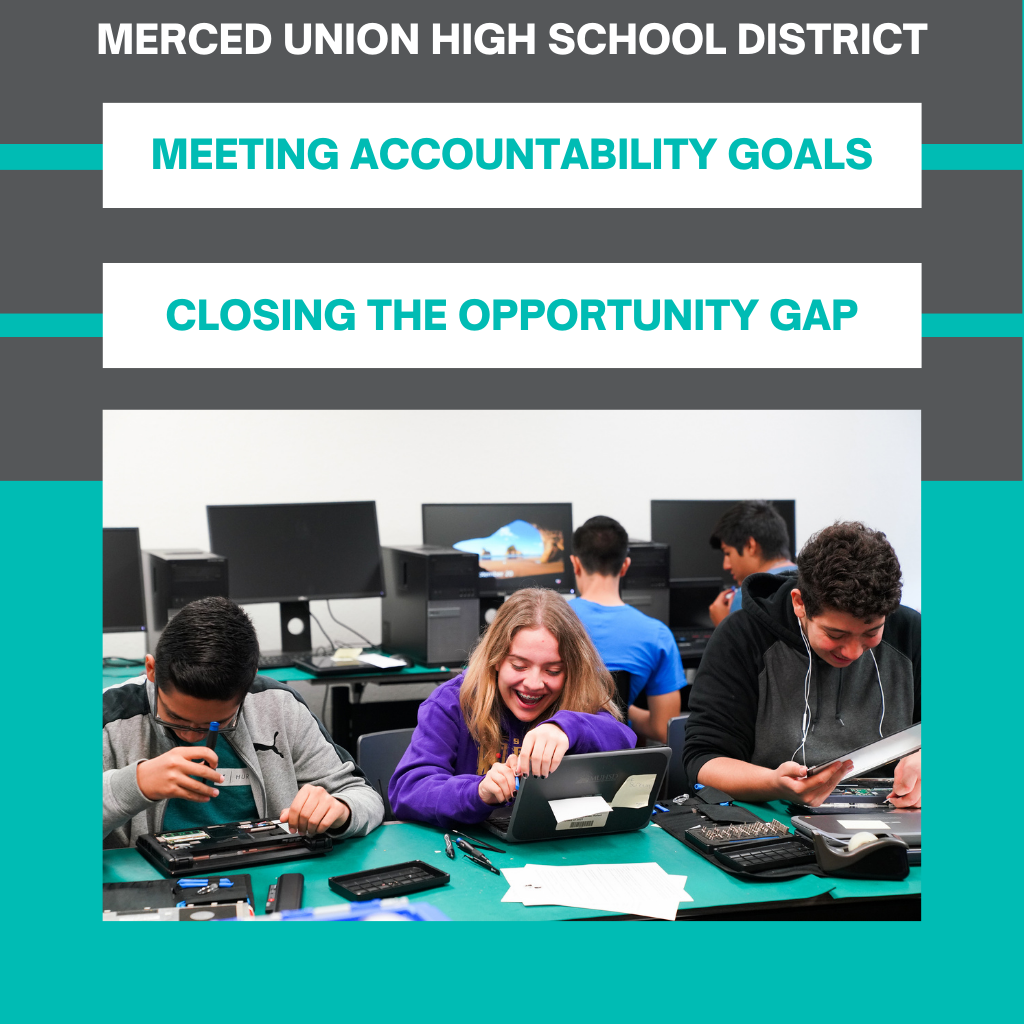4 Key Moves: Highlight Your Vision for Readiness in Your School Culture

Most beginners are too anxious for results. Real progress takes place over a long period of time.
– Steve Revington

INTRO
Purposeful Learning focuses on the alignment between learning approaches and a holistic, shared, vision for readiness. It includes universal approaches to instructional design such as common language, frameworks, and philosophy, that allow students to see continuity between every class period, every day.
These connections should be explicit between classrooms. One way to do this is by having consistent rituals and routines that reinforce your vision for readiness to help create a coherent experience for every student.
OBJECTIVES
- Ensure every teacher to incorporates student learning outcomes, which connect to the school’s vision for readiness, as part of their lesson plans
- Establish school-wide routines that reinforce your shared vision for readiness
- Remain focused on one important outcome at a time and ensure it is reinforced in all classes/settings
- Encourage student ownership of learning
RESOURCE LINKS
- COMING SOON
These four suggestions may take a bit of effort, but will move your school’s vision forward.
 Student Learning Outcomes
Student Learning Outcomes
Direct every teacher to incorporate student learning outcomes, which connect to the school’s vision for readiness, as part of their lesson plans. This may take some planning and teacher professional development to help them learn how to connect outcomes and incorporate them into their daily instruction. You may choose to start with a group of teachers or a specific department, which would require multiple conversations and a plan for implementation.
 Establish School-Wide Routines
Establish School-Wide Routines
Establish school or department-wide instructional routines so that every class makes space for intentional reflective practices of student learning outcomes. This requires commitment by everyone within the department and school, and a process for teachers and admin to reflect on its impact.
 Hyperfocus on One Outcome
Hyperfocus on One Outcome
For example, spend a month focused on, “being kind and listening.” Use examples in all classes, and tell stories of what this looks like in your school community. Include examples from students, staff, and families. Provide students with examples of how kindness and listening skills relate to their future careers.
You might also identify a grade-level class or structure where you can integrate your school’s vision for readiness into the experience. For example, if all 9th graders at your school take a class that introduces them to college and career readiness, link the curriculum explicitly to your student outcomes within your vision for readiness, such as collaboration, self-management, or identifying interests and aspirations.
 Encourage Student Ownership of Learning
Encourage Student Ownership of Learning
Create opportunities within a department or grade level unit to encourage student ownership of learning and incorporate students working collaboratively with a clear link to your vision for readiness.
REFLECTION
- Purposeful learning is about connecting Period 1 to Period 2, which connects to period 3, and so on. It is about aligning what you do, and connecting the structures in place, to the vision for readiness.
- At an elementary level, it’s connecting the different content areas and concepts learned throughout the day, unit, year.
- What are the individual educators in your school doing to connect with what the school is trying to accomplish collectively?
TIPS
- Key Moves are efforts that require a bit of planning, but can be implemented within the next 3-6 months.
- Remember, this is not a quick fix: You’re establishing schoolwide changes that should better serve all students for years to come






Responses